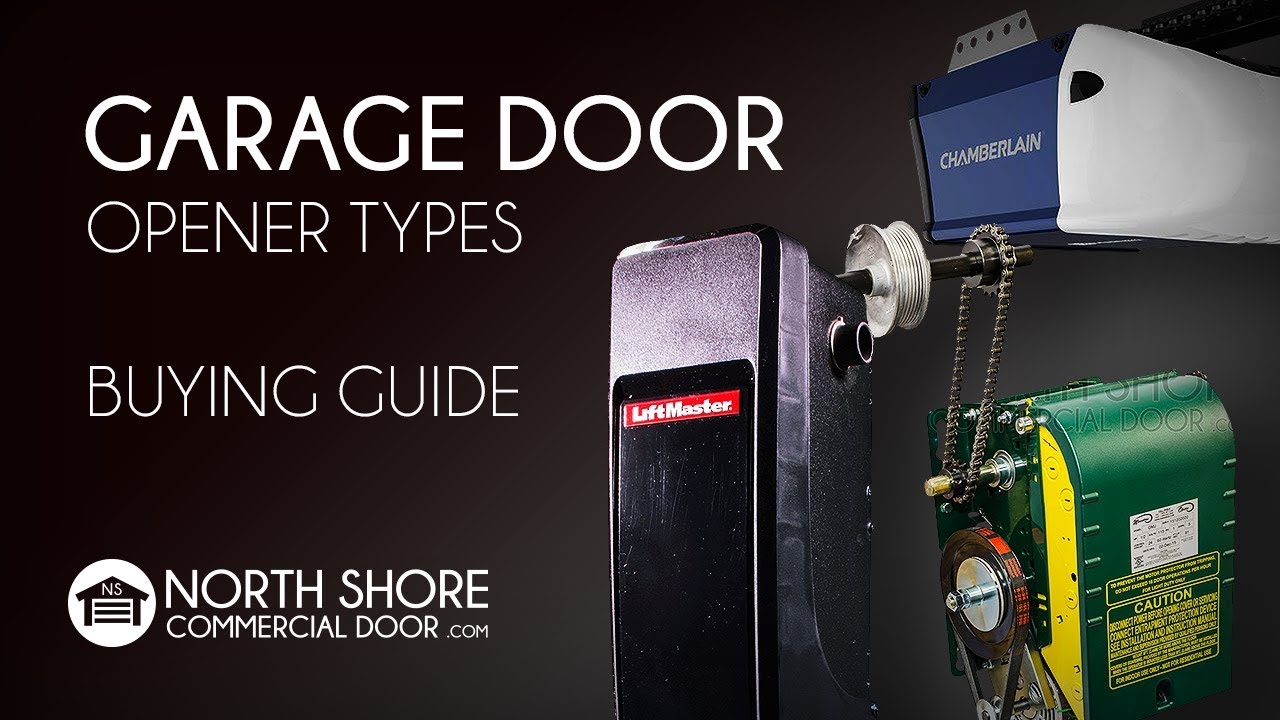
Garage Doors and Parts – Buying garage door transmitters can feel simple at first glance. However many homeowners find themselves stuck with incompatible models that waste both time and money. Not every transmitter fits all openers and skipping compatibility checks often leads to frustration. Understanding the key specifications before purchase will help ensure smoother operation. Transmitters work by sending a signal to the garage door opener using a specific frequency. If the frequency does not match the opener’s system, the remote will not function. Along with frequency, each opener brand supports specific coding systems. Rolling code systems differ from fixed codes, making certain remotes incompatible with newer safety standards. Button layout, battery type, and remote range are other factors worth considering. Knowing these details helps avoid last-minute returns or technical adjustments. A little research before buying will save future hassle and improve the garage access experience.
When Buying Garage Door Transmitters, frequency should always be the first thing you confirm. Most garage systems in North America operate on 300 MHz, 310 MHz, or 390 MHz. If your garage door opener uses a unique frequency, the remote must match it exactly. Otherwise, the signal sent will never reach or trigger the opener. Modern transmitters often support multi-frequency operation but this feature is not available in all models. The garage door motor or its user manual usually states the required frequency. If not, the frequency is often found on the motor label or inside the original remote housing. Using a mismatched transmitter results in non-functional access and possible interference with nearby devices. Avoiding this issue helps ensure smooth installation and long-term performance. Frequency alignment is essential to prevent wasted purchases and returns. Always double-check your opener’s details before picking a transmitter from the shelf.
“Read about: Spot the Signs: Diagnosing Garage Door Issues Quickly”
Not every transmitter works across all garage opener brands. While some remotes claim to be universal, many still require specific programming methods for each brand. When Buying Garage Door Transmitters, you must match the brand and even the model series. LiftMaster remotes, for instance, may not work with Genie or Chamberlain units. Some brands have sub-models with unique encryption or syncing protocols. Many manufacturers release generation-specific remotes that do not support older or newer systems. This often causes confusion for customers replacing outdated units. The model number on your current opener is crucial for identifying the correct remote. Official support lists are often available online and show compatible remotes per brand. Relying on store recommendations alone can lead to returns if compatibility is not guaranteed. A remote may fit physically but fail to communicate unless designed for that opener family. Brand precision is key to effortless operation.
Programming plays a huge role in your overall experience when Buying Garage Door Transmitters. Each transmitter needs to be synced with the opener to function correctly. Some remotes use DIP switches while others require a learn button process. Rolling code technology, common in modern systems, involves more secure encryption and may need advanced steps. Knowing your opener’s programming style will help you choose a transmitter that supports it. If the transmitter uses a setup process incompatible with your motor unit, setup fails completely. Some remotes offer simplified pairing with indicator lights and auto-search features. However older openers might still rely on manual switches or matching patterns. Reading the user guide beforehand ensures you are ready for programming without confusion. Avoiding tech mismatches during setup saves hours of trial and error. Understanding the steps involved also reduces the risk of disabling existing remotes accidentally.
“Read more: The Glow Revolution: How UV Activated Paint is Changing Art”
Even after compatibility is confirmed, the physical design of the transmitter matters. Button layout should match your daily use. If you have multiple garage doors, choose remotes with at least two or three buttons. Each button can then control separate doors without the need for multiple remotes. Battery life is another important factor. Most remotes use coin-cell batteries or AAA batteries and should be easily replaceable. Look for models with battery indicators to prevent unexpected failures. Range also varies across different transmitters. If you often open your garage from the end of the driveway or through a wall, choose a model known for extended range. Weather resistance may also be a consideration if the remote will be kept in a car exposed to extreme heat or cold. Buying Garage Door Transmitters should involve not just technical matchups but comfort, ease of use, and durability as well.
This website uses cookies.